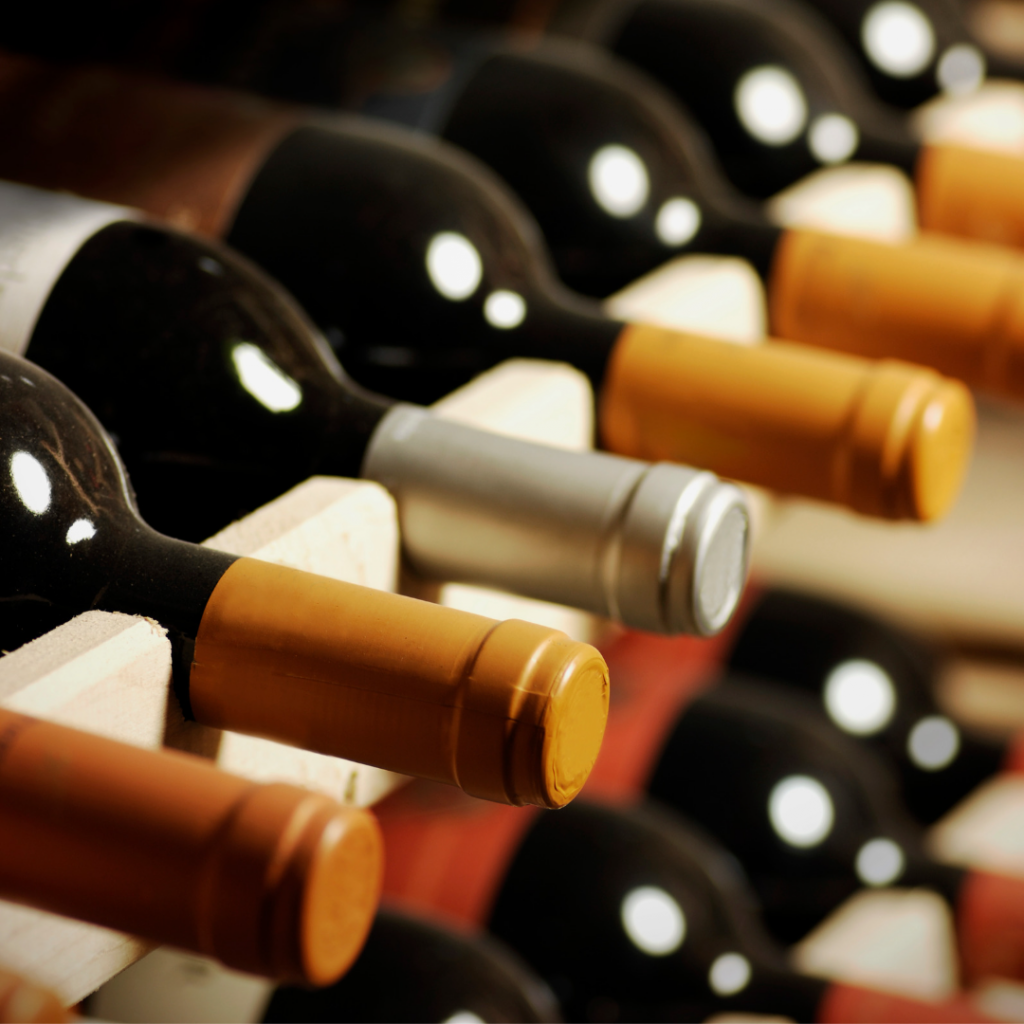News
Chateau or Not Chateau? That Is the Question.
1 March 2023

Be accompanied by the best experts in your projects
News
1 March 2023

The General Directorate for Competition Policy, Consumer Affairs and Fraud Control (French acronym: DGCCRF) closely monitors compliance with the regulatory provisions regarding oenological practices, wine product designations and the use of regulated terms.
For example, in the scope of these controls, a winegrower may be fined for using several chateau names for a single winegrowing operation. Indeed, a certain number of winegrowers or vineyard operators encounter the issue of multiple chateau designations on the same estate insofar as the estate was either historically known under several chateau or has undergone a merger of holdings.
Decree No. 2012-655 of 4 May 2012, relating to the labelling and traceability of vitivinicultural products and certain oenological practices, established the principle that, concerning the cumulation of regulated terms, a wineproducing property might benefit from a single regulated name such as “Château”, “Clos”, “Domaine”, “Mas” (non-exhaustive listing). Otherwise, using several château denominations can be considered a misleading commercial practice.
The winning formula to remember is as follows:
However, the abovementioned decree also defines two situations where the plurality of chateau names is exceptionally allowed:
“Should a new winegrowing holding be created by merging several winegrowing operations (…), the name of each estate, preceded by one of the regulated terms under which all or part of the production has previously been marketed, may continue to be used.
Within this framework, the grapes are vinified:
For a wine produced by the new holding, as outlined above, using the name of the former estates thus consolidated prohibits any new designation for the said holding.”
“Winegrowing operations which acquired their reputation under two different names before 7 January 1983 may continue to use these names.”
However, one question remains unanswered concerning the wine estates whose buildings were not transferred as part of the unification.
A State Council ruling of 16 April 2021 addresses the following issue: Can a winegrower or vineyard operator keep the chateau designation of one of the acquired properties if the buildings and viticultural equipment have not been transferred with the vines?
To be clear, let us look at an actual case.
Château Reillanne obtained the annulment of a decision forcing it to comply with the regulations by modifying the labelling of its wine bottles by deleting the designations “Château du Haut Rayol” and “Château Marouine”.
The Administrative Court of Appeal overturned this ruling. It considered that the company Château Reillanne, which had leased the plots of land making up the two vineyards and producing the wines named “Mas du Haut Rayol” and “Château Marouine” respectively, could not continue to operate under these two names, as this takeover did not include the transfer of buildings and equipment from the wine estates in question.
It deemed that combining the chateau designations could not be allowed since the buildings and equipment leased were not transferred at the takeover.
In adopting this standpoint, the State Council considered that to benefit from several chateau designations following a merger of holdings; the latter must meet the definition of a wineproducing operation on the day of the business grouping.
Hence, if the two wine estates involved in the merger have buildings and equipment “in operation” on the transaction date, name cumulation is permissible, regardless of whether or not the facilities are transferred.
This final ruling has therefore shed light on a grey area that had hitherto given rise to decisions by the relevant authorities with significant financial consequences.
Failure to comply with these regulations constitutes a blacklisted commercial practice which may lead to the trademark’s invalidity or revocation. In addition, the wineproducing company may have to modify all the labels of the product whose name was contested or destroy these products, which could prove very costly. For all intents and purposes, the texts provide for a two-year prison sentence and a fine of 300,000 euros.
Using several château names is often a delicate and potentially risky matter if the rules imposed by the text and by case law are not respected.
Our WI&NE key experts are on hand to help you with any issues you may encounter in running your vineyard or wine estate.
Association
Our expertise
Association